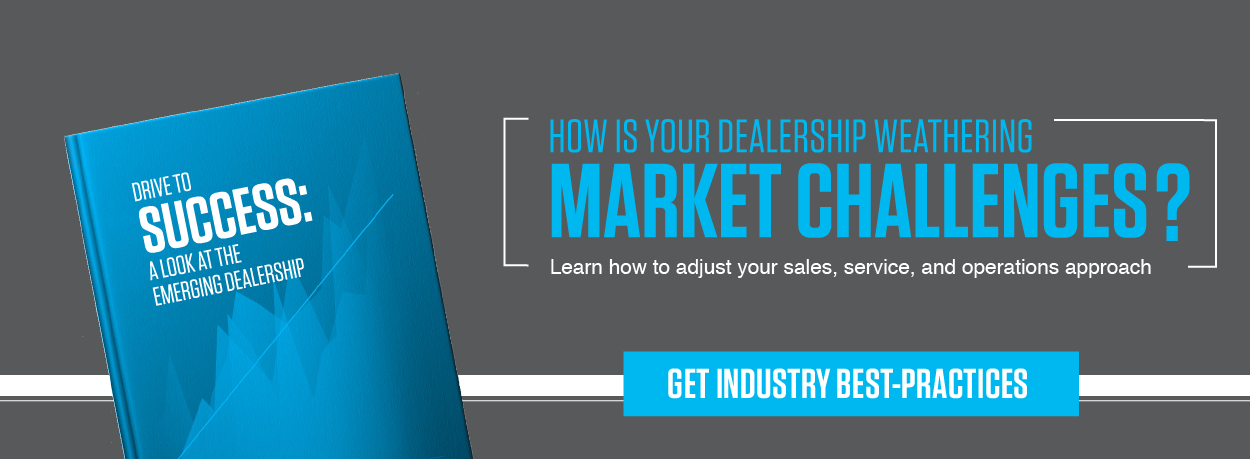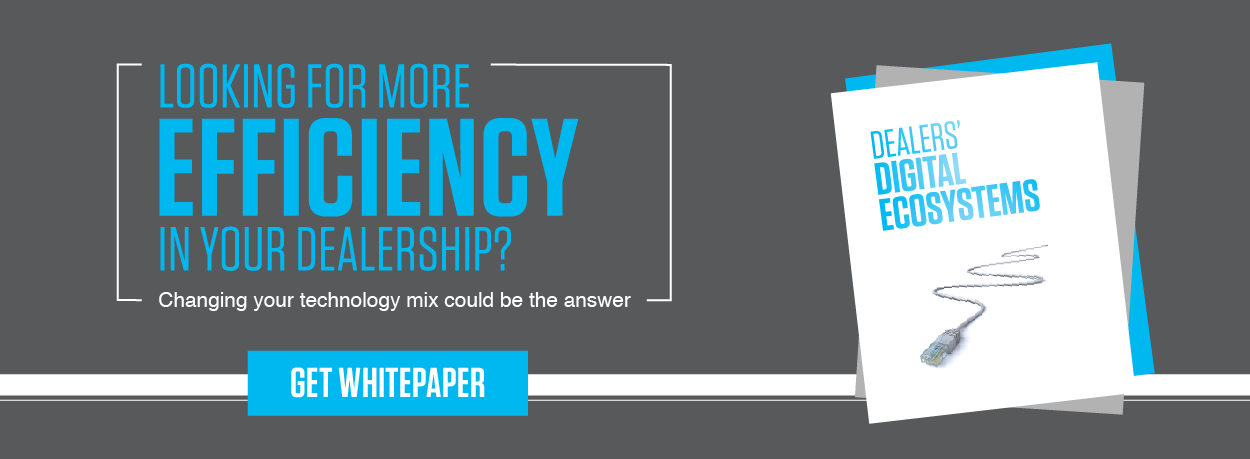Margin compression is taking a toll on the auto retail industry. Dealerships across the country are reporting slimming margins, with some even experiencing negative overall gross profits. And the problem isn’t going away anytime soon. Yet no matter the cause, dealerships can either choose to ignore margin compression and continue business as usual. Or, they can choose to fight back, finding ways to outsmart and outmaneuver margin compression with a few tricks of their own.
Finding Better Ways to Do Business
The secret to fighting margin compression is to find alternative ways of generating profit. And dealerships must think outside the box of the traditional sell-more-cars-to-make-more-money approach to business to recoup their missing margins. In general, dealerships can focus on seven specific practices to fight margin compression.
- Fixed Operations – When other sources of revenue run dry, service lanes offer a steady stream of customers and renewable income. By placing a strong emphasis on customer service and retention, and doing a better job of creating awareness of their offerings, dealerships can win back customers that have left for the convenience of corner quick lube shops.
- F&I Sales – A dealership’s F&I office is where retention is built and future relationships with customers secured. Plus, dealerships retain a larger percentage of each dollar generated through the sale of prepaid maintenance plans and other services than through the sale of cars.
- Process Improvements – Through cost and expense control and other business improvements, dealers can sell cars more efficiently to recoup profits lost to margin compression.
- Holding Cost Expenses – Time is money for dealerships. The longer a car stays on the lot, the more money it costs a dealership. By removing inefficiencies in the vehicle reconditioning costs, dealerships can improve profit margins.
- Employee Training – By maintaining close interaction with employees, and conducting better, more thorough training, dealerships can correct costly mistakes caused by human error and sell cars closer to MSRP.
- Digital Retailing – In today’s environment, it’s become almost necessary to move at least part of the car-buying experience online. The shift to digital retail allows customers to do a lot of front-end work in the car-buying process, saving dealerships time and money.
- New Technology – Implementing a modern dealer management system can reduce dealership waste and increase profit by streamlining operations. And a modern DMS that provides real-time data allows a dealership to scrutinize each deal and track margins over time.
Margin compression isn’t going away. But by focusing on alternative ways to recover missing profits, dealerships can avoid the negative effects of margin compression and continue to grow their businesses. If you’d like to learn more about how dealerships are fighting back against margin compression, download our free guide, 7 Solutions to Margin Compression, Strategies for Preserving Dealership Profit Margin.






